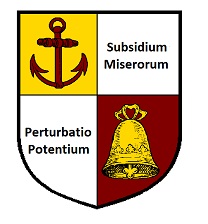The Creative Problem-Solving Clock
Six simple steps toward sanity
|
|
1
2
3 4
5
6
7
8
9
10
The Clock
Back to Top |
Problem solving is a creative process. Here is a framework
for getting results in a repeatable, predictable way.
The process is illustrated below. It is
an iterative approach. I describe the picture in more detail in the
sections that follow.
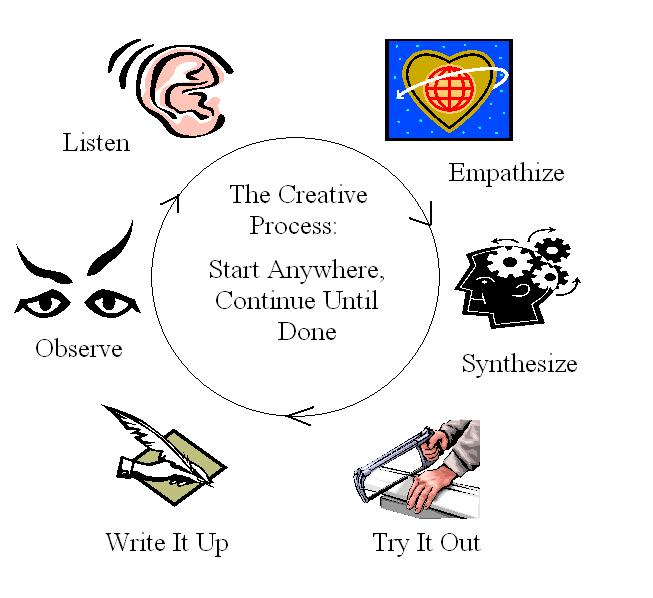
|
|
I solve problems by going around the circle at least twice,
and more than that if required. In the real world, it is possible to begin
the process at almost any point on the circle, but for convenience I
begin my explanation at the most “logical” place, nine o’clock. And I'll
switch from "I" to "we" because we are going to do this together!
The first time we go through the loop, the steps are a
little different from those on subsequent trips.
|
1 2
3 4
5
6
7
8
9
10
Getting Started
Back to Top |
|
1
2 3
4
5
6
7
8
9
10
Observe
Back to Top |
|
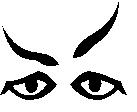
|
Nine o’clock: We need to be
aware. We have to have our antennae out all the time. We
aggressively watch what is going on around us, and we try to sniff out
problems. |
|
|
|
Eleven o’clock: Having detected a problem, we engage
with others to find out what they think. We use active listening,
creating a Socratic dialog with our conversational partner, alternating
teacher and student roles. We try to listen more than we talk, and we
take good notes. |
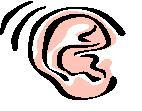
|
|
1
2
3 4
5
6
7
8
9
10
Listen
Back to Top |
|
1
2
3 4 5
6
7
8
9
10
Empathize
Back to Top |
|

|
One o’clock: I separate this from listening to make
sure that you understand the difference. One can listen to get "objective"
data; empathy is the bridge between listening in the fact-gathering sense
and the beginning of the synthesis part of the process. We listen with our
ears and synthesize with our brains; empathy involves use of the heart. It
requires that we step outside ourselves and truly put ourselves in the other
person's shoes. This is not always easy to do when what we are hearing does
not agree with our previous notions. Hence we must empathize before we can
synthesize. Managers who come from engineering sometimes skip this step because
they are used to solving problems that are 99.44% technical in nature;
unfortunately, this is not the case with most general management problems. |
|
|
|
Three o’clock: Here we bring together all the pieces:
-
The data we have
gathered through observing and listening
-
The affective
elements discovered by seeing it from other people’s perspective
-
All our previous
experience in dealing with problems of this type
-
Other “lateral”
experience that may be relevant
-
Our “tool bag” of
methods, processes, strategies, tactics, techniques, and tricks
We fabricate a
trial solution to the problem, using everything we know. |
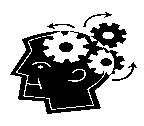
|
|
1
2
3 4
5 6
7
8
9
10
Synthesize
Back to Top |
|
1
2
3 4
5
6 7
8
9
10
Try It Out
Back to Top |
|
 |
Five o’clock: In this crucial step, we perform tests
and do experiments to see if our solution is workable. Here is where we weed
out those ideas that looked good on paper, but are unimplementable in the
real world. We can’t discover this until we try it. Be especially hard on
yourself in this phase; shooting down bad solutions is a vital part of the
creative problem-solving process. |
|
| Seven o’clock: Here is
where we document our solution and the tests and experiments we have
performed. This is how we are going to present our solution to the rest of
those involved, so we take the time and care to do a good job of it. If we
don’t write it up, we will have a harder time selling the idea, and things
that are not written down tend to fade quickly.
|
 |
|
1
2
3 4
5
6
7 8
9
10
Write It Up
Back to Top |
|
1
2
3 4
5
6
7
8 910
Round and Round We Go
Back to Top
|
We’ve gotten the trial solution out, and enough time has gone
by for people to evaluate it. Now it is time to go through the loop again.
Here is what the six steps look like this time:
- Observe:
See how people are reacting to the trial solution. Have we made a dent?
|

|
- Listen:
Talk with people about the pluses and minuses of the solution. Get them to
tell us what they like and don’t like, what works and what doesn’t work.
|

|
- Empathize:
What factors could be influencing what we are hearing? Are people just
resistant to change? Is someone’s personal ox being gored by the solution?
Are there side-effects or unintended consequences that are causing people
grief? Or, is there "irrational exuberance?"
|

|
- Synthesize:
We need to take the new data and fold it back into the synthesizing process.
Can the original solution be tweaked, or does it need a major overhaul? Most
of the time we can go forward by modifying or improving on the last pass.
But we shouldn't be afraid to start our synthesis from scratch if we blew it
the first time.
|

|
- Try It Out:
With each pass through this station, we should become more intelligent about
how to test the solution. After all, we have the tests from the previous
pass, plus new data on what to look out for. Beat the solution up worse than
the critics will. Anticipate objections or problems, and see how the
solution performs when confronted by them.
|
 |
-
Write It Up:
Using the original document as a starting point, modify what we need to, and
point out what we have changed and improved.
|
 |
|
|
When are we done? Closure is important; we don’t want to
cycle through the loop forever. A good guideline is to stop when there is
very little significant new information obtained during the observing and listening
phases.
The process can begin at any point on the
circle. We must be opportunistic when it comes to problem solving. Real
life is “messy,” and sometimes the germ of an idea may come up, for example, through some
random synthesizing going on at the time. While it might seem better to stop
and go back to nine o’clock, sometimes the best thing to do is to seize the
moment and go forward from there. Don’t forget, we will always do at least
two complete cycles no matter where we start, so feedback is ensured.
That’s why that step at seven o’clock is so important – it’s what
precipitates the feedback. Note also a
very important beneficial side-effect: because we have been “writing it up”
as we go through the process loop two or more times, we don’t have a huge
documentation chore at the end. We will have progressively built up the
“final documentation” as an organic part of creating the solution in an
iterative way.
Solutions
obtained using this method tend to “stick.” The art is to navigate through
the six steps crisply and with all deliberate speed. Don’t skip steps, and don’t
get stuck too long on any one step. Once you gain experience with the
approach, you can improvise at will. But in the beginning, use the framework
to add discipline to your creativity. You may be surprised and pleased with
the results. |
1
2
3 4
5
6
7
8
910
Closure
Back to Top |
|
Back to Top |
Click here to e-mail Barbecue Joe on the Creative Problem-Solving Clock |
Back to Barbecue Joe |
